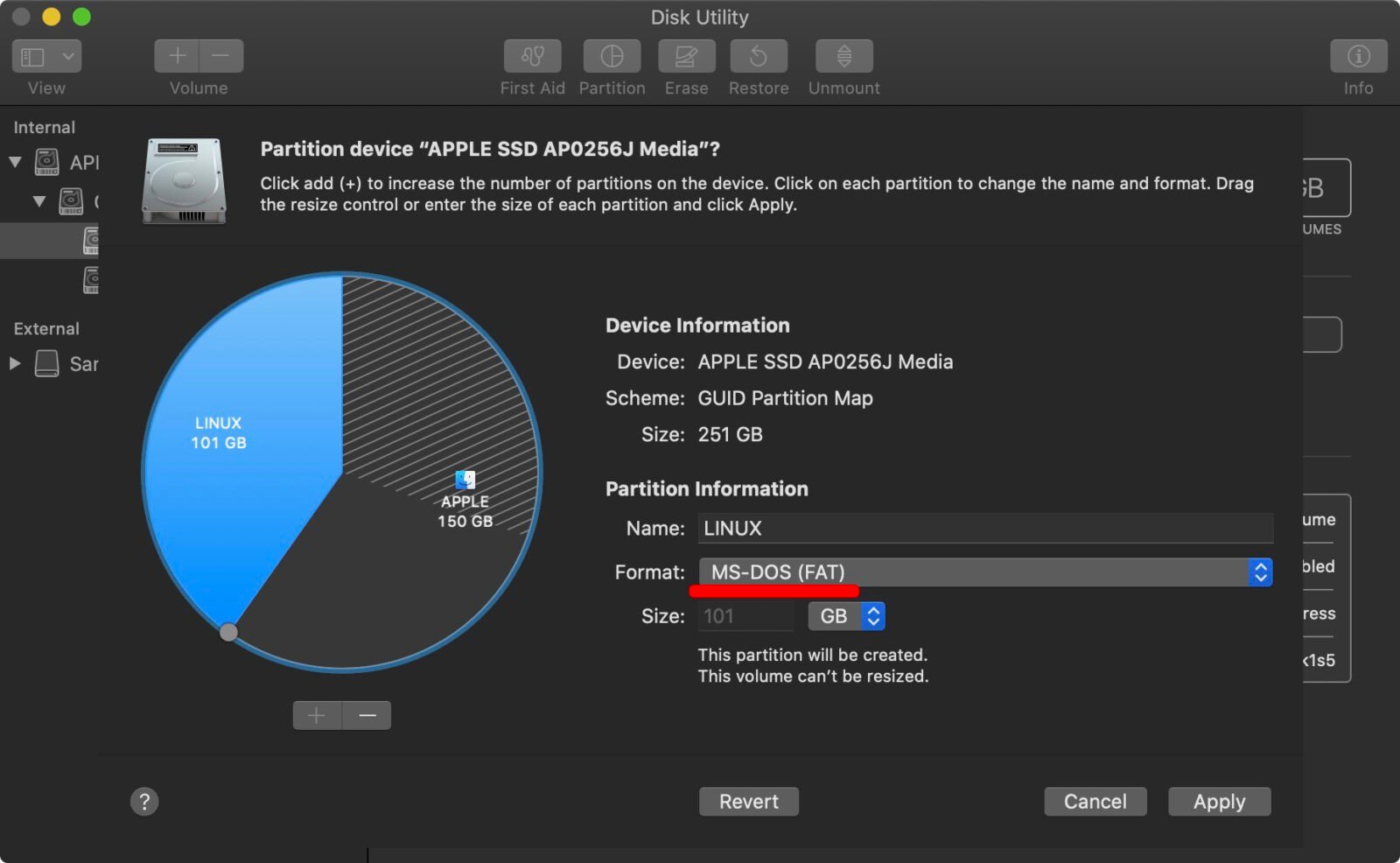

/dual-boot-linux-and-mac-os-4125733-e14f9fd4e70f4577a4ff4fb7a2ac9e56.jpg)
- INSTALL LINUX ON MAC WHICH IS PASSWORD PROTECTED HOW TO
- INSTALL LINUX ON MAC WHICH IS PASSWORD PROTECTED SOFTWARE
You can either do that via the Spotlight shortcut (hit Command + Space and type Disk Utility, and hit Enter), or you can find the utility in the Others folder on your Mac’s Launchpad.
INSTALL LINUX ON MAC WHICH IS PASSWORD PROTECTED HOW TO
How To Password Protect Any Folder On Macįor the sake of this guide, I have created a folder on my desktop called My Personal Stuff on my desktop. Both these methods will make use of OS X’s built-in Disk Utility. The second method will lead you to create a secure vault (a disk image, to be specific) where you can put your personal data as needed. First method assumes that you have all the data that needs to be protected already in one folder and will work with just that. We will handle this via two different approaches. That’s the whole point of this guide – to show you how you can secure a folder on a Mac without using an external tool. OS X, however, allows you to do that by default, although the process is not that straightforward.
INSTALL LINUX ON MAC WHICH IS PASSWORD PROTECTED SOFTWARE
You will have to employ a third-party software to create a secure vault. In Windows, you get encryption options, sure, but if you want to just password protect a folder, there’s no easy way to do that.

This has to do with the way OS X handles file storage compared to Windows. This can be data like financial statements, credit card information, photos or pretty much anything. While Macs are more secure than Windows-based computers by default, there might be scenarios where you’re not concerned about protection against malware but instead password-protecting (or encrypting) your personal files, making them inaccessible to everyone besides yourself. One such difference is protecting your personal data. When you start using a Mac, for instance, you immediately realize that there’s no option for Cut, but rather just Copy, and if you want to move something to another location, you need to follow a slightly different process. Macs and Windows PCs are inherently different in how the function, despite them existing to serve basically the same purpose.


 0 kommentar(er)
0 kommentar(er)
